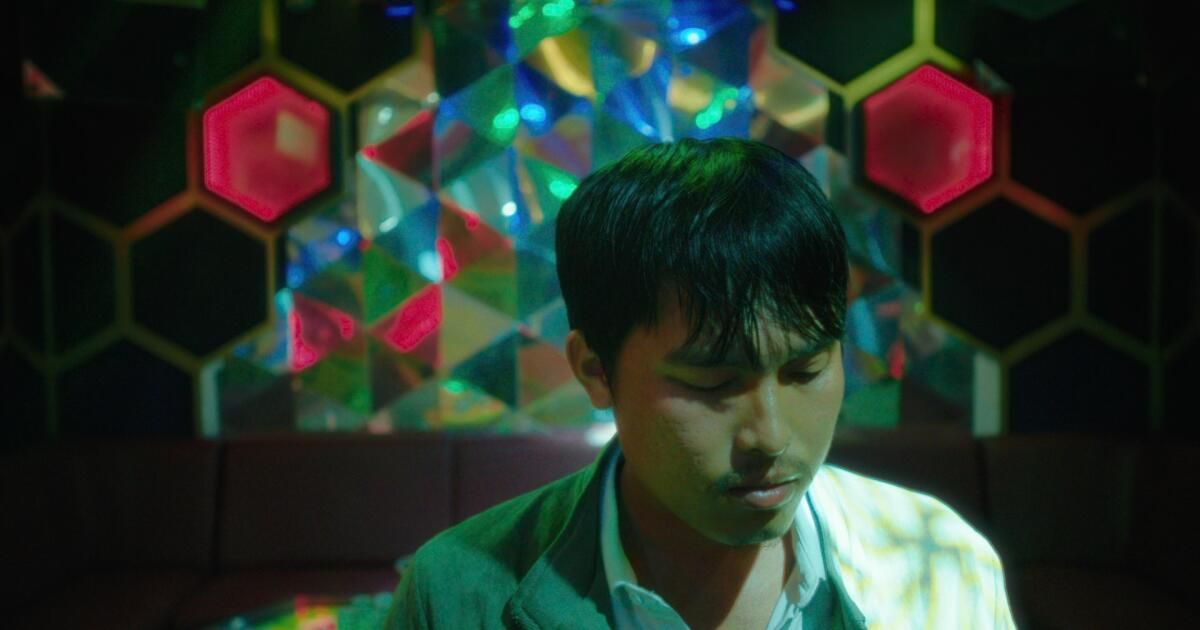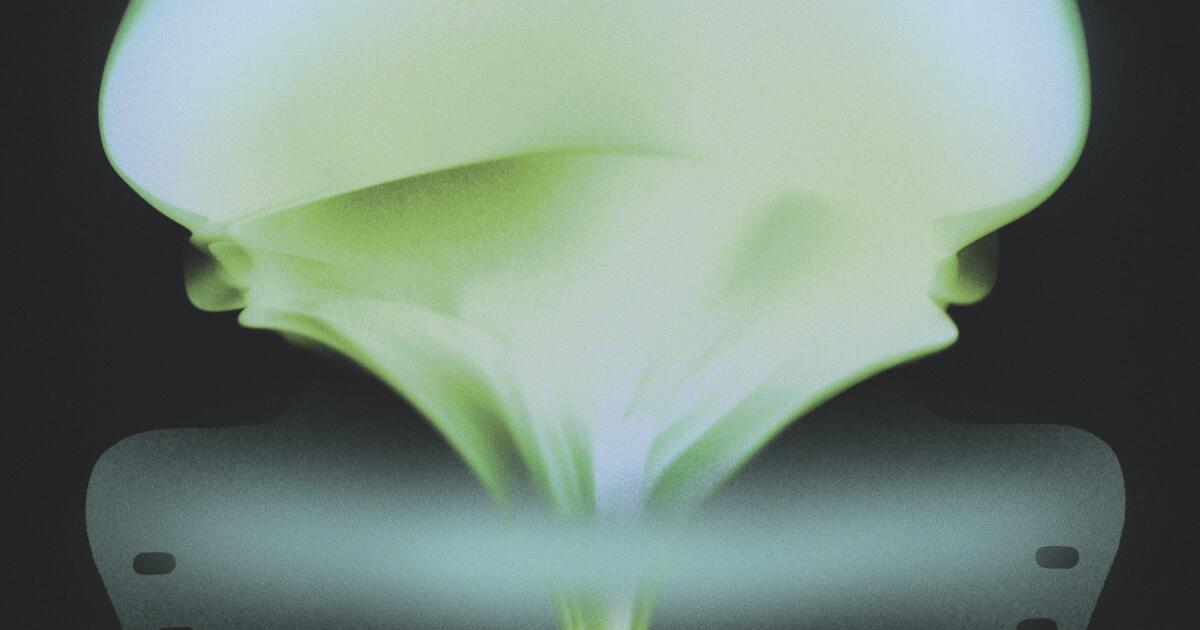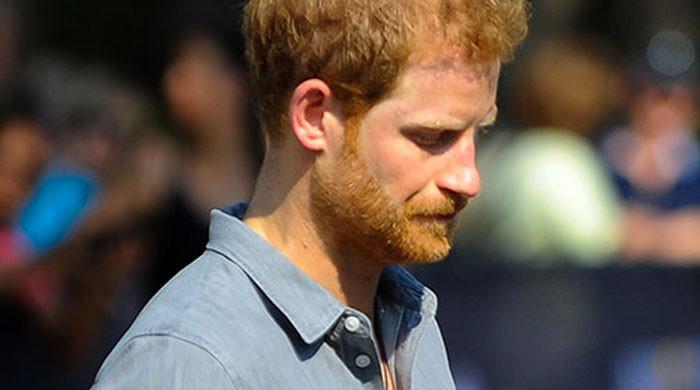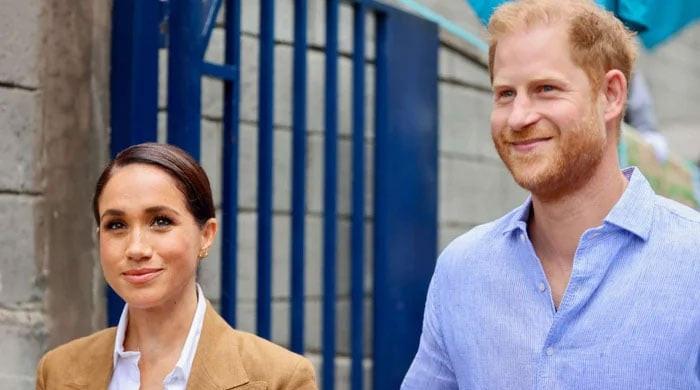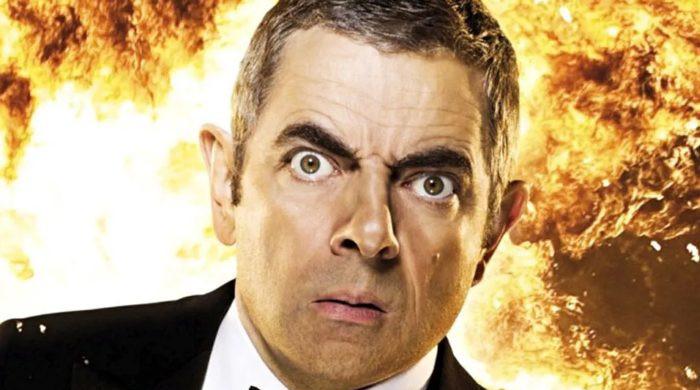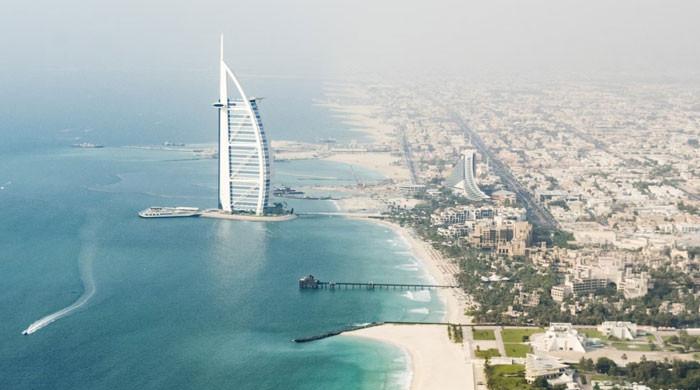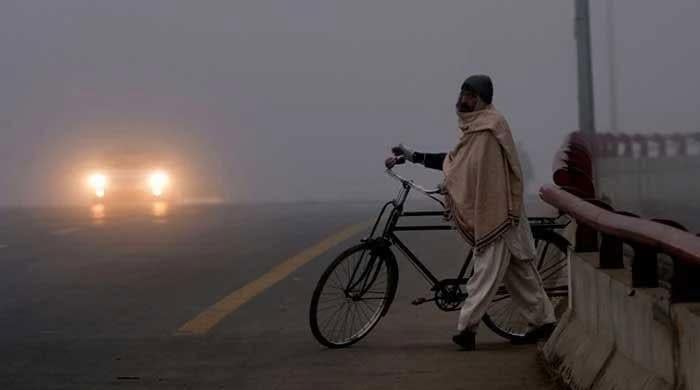There is a single-take sequence in “Inside the Yellow Cocoon Shell” that, over the course of about 20 minutes and less than a mile of travel, seems to distill a small corner of eternity. We're somewhere in the Vietnamese countryside, where a friend sends a soft-spoken young man named Thiên (Le Phong Vu) on an errand. A different filmmaker might have gone straight to the errand, or perhaps the outcome of the errand, or even kept the errand and this whole conversation about the errand off-screen. But the director, Phạm Thiên Ân, does none of these things. Instead, he reminds us that even the most seemingly insignificant moments (and there is nothing insignificant in the world of this patient, beautiful, quietly fascinating film) can open a door to the sublime.
Phạm shows us the entire assignment: after speaking with his friend, Thiên rides away on his motorcycle, the camera, without taking its eyes off, following him closely, down a dirt road to the house of a local elder, Mr. Luu . who welcomes you inside. As we slowly approach the house through an open window, the two men discuss their business: Thiên wants to pay for a service provided, but Mr. Luu refuses for reasons that he explains have something to do with his business. from decades ago. He had experience as a soldier fighting the Viet Cong. His inability to accept payments now, he suggests, is an expression of his faith in God, as symbolized by the Jesus figurines we see proudly displayed next to his military certificates. It is not the first time that in “Inside the Yellow Cocoon Shell” the possibilities of transcendence and violence are closely intertwined.
When you watch this sequence for the first time, you may be blown away by the sheer virtuosity of Phạm's filmmaking, the confidence with which he orchestrates such a precise and complex set of camera movements over a wide expanse of physical terrain (and with a cast of extras that includes several chickens and bulls). His amazement may be heightened by learning that Phạm is in his 30s and that this film is his maiden voyage (it won the Camera d'Or for best first feature at last year's Cannes Film Festival). But over time (and this is, I think, the key to Phạm's art), one almost forgets about the existence of the camera and simply becomes caught up, like Thiên himself, in the hypnotic flow of Mr. Luu's words. .
The typical goal of an uninterrupted long take is to establish a sense of physical continuity. But in “Inside the Yellow Cocoon Shell,” which piles up one uninterrupted sequence after another for three fascinating hours, the continuity is both spiritual and spatial. In a way, the film's meandering technique introduces us into the protagonist's mental space, allowing us to experience Thiên's interaction with this kind and wise old man at the same pace as him and in a similar state of mind. And yet the camera, which always maintains a certain observation distance from the characters, also seems to embody a broader and more mysterious perspective. If we are inside Thiên's head, then we are also looking at him through the eyes of God.
Le Phong Vu in the movie “Inside the Yellow Cocoon.”
(Kino Lorber)
Are you already baffled or, dare I say, bored? Good; Now go see this movie. I can't promise that the experience will clear up your confusion, nor that you will be as absorbed in each moment as I am. But approached in the right mood, hopefully within the dark confines of a movie theater (as opposed to the living room), “Inside the Yellow Cocoon Shell” reminds us that confusion is often a necessary first step. towards enlightenment, and that confusion AND beauty usually go hand in hand. This is a lesson Thiên must also learn. The gift of this film is that it invites us to learn it with him.
His education begins in a lively outdoor dining room in the city of Saigon, where he and two friends share a meal, casually watch a World Cup game (it's 2018), and have a deep conversation about the meaning of life and existence of God. . His philosophizing is frequently interrupted, once by a woman offering them beer and also by the applause of nearby onlookers. It's a reminder that all of life—the profound and the mundane, the epiphanies and everyday distractions—tend to collide with each other without interruption. And you can sense, from Thiên's distracted expression and his general disinterest in the speech, that he has grown tired of that cacophony, which has effectively desensitized him to reality.
And so, when a shocking crash occurs and the camera pans to reveal the wreckage of a motorcycle just feet from his table, Thiên barely looks up: it will take more than another person's tragedy to shake him from his stupor. But there is much more to come, and tragedies, as he will learn in a bitterly ironic twist, tend to travel in packs. Soon he receives news of the recent death of his sister-in-law, Hanh, and finds himself temporarily caring for her five-year-old son, Dao (Nguyen Thinh). And so, uncle and nephew travel back to the rural village where Hanh grew up, attend his funeral services for several days, and begin a tentative search for Tam, Dao's father (and Thiên's brother), who had not been seen. dwarves. But as Thiên gradually emerges from what seems like a years-long trance, it becomes clear that he, too, is searching intensely for himself.
Your quest will take you along winding mountain roads, alongside calm waters and across a picturesque rooftop, all of which creates a relaxing contrast to the urban bustle of Saigon, with its packed soccer fields and erotic massage parlours. The subtle contrast between city and countryside is just one way in which Phạm's cinema evokes the intoxicating, contemplative style of Thai filmmaker Apichatpong Weerasethakul (“Memory,” “Uncle Boonmee Who Can Remember His Past Lives”); their shared appreciation for the mist-shrouded landscapes and abundant sounds of the natural world is another. Elsewhere, I was reminded of Bi Gan (“Long Day's Journey Into Night”), a Chinese director who is about the same age as Phạm and who also composes tracking shots of astonishing logistical complexity and length.

Le Phong Vu in the movie “Inside the Yellow Cocoon.”
(Kino Lorber)
But for all these similarities of style and effect, Phạm's film sways to its own hypnotic rhythm and, true to its title, seems to encase us in a cocoon-like structure whose contours and parameters we have to discover for ourselves. We follow Thiên as he tries to make sense of his place in the world, a journey that at one point brings him into contact with an older woman who speaks in cryptic homilies. “The brevity of suffering compared to eternity is but a fleeting moment,” she says, after recounting an out-of-body experience when his soul briefly left this mortal plane.
The more it develops, the more freely “Inside the Yellow Cocoon Shell” seems to traverse different registers of existence, slipping almost imperceptibly between past and present, dream and waking reality. Thiên's conversation with a young nun, who looks at him with mild reproach, gives way a few moments later to a tender moment from years before, when they were dating. An eerily silent sequence, emerging as if from the fog of memory, seems to recreate the moments before that fateful motorcycle accident, seen from the driver's point of view. Our entry and exit from a flashback is signaled, cleverly, by the amount of dirt on the tires of Thiên's bicycle, a detail grounded in an otherwise free-floating metaphysical puzzle.
It's no surprise that Phạm leaves that puzzle unsolved. I think there's a reason the director repeatedly foregrounds religious rituals and icons, whether lingering on Catholic funeral services held for Hanh or showing us Christian symbols and paintings displayed in other people's homes. There is real comfort to be found in these articles of faith, but there are also obvious limitations; The world and its meanings, Phạm seems to suggest, will never conform to a single tradition or doctrine. To that end, it is telling that Thiên, first introduced looking despondent and distracted, has at the end quietly turned his gaze skyward. That he still doesn't have the answers to his questions seems to matter less than the fact that he's finally asking them to begin with.
'Inside the yellow cocoon'
Not qualified
In Vietnamese with English subtitles.
Execution time: 2 hours, 58 minutes
Playing: Starts Thursday at Los Feliz Theatre, Los Angeles.

